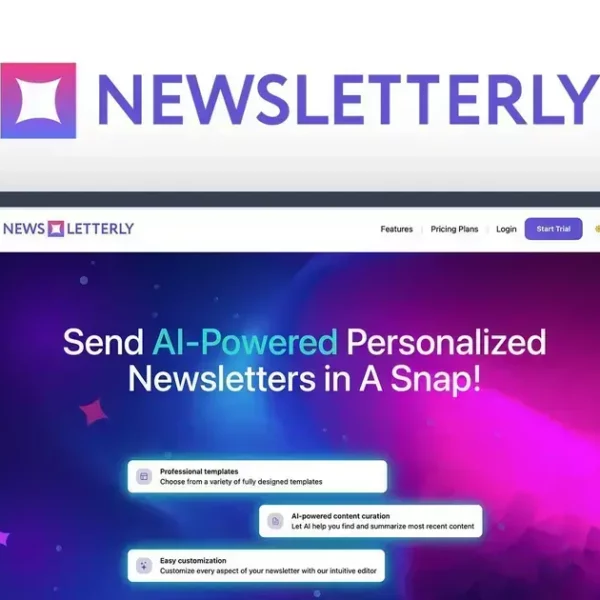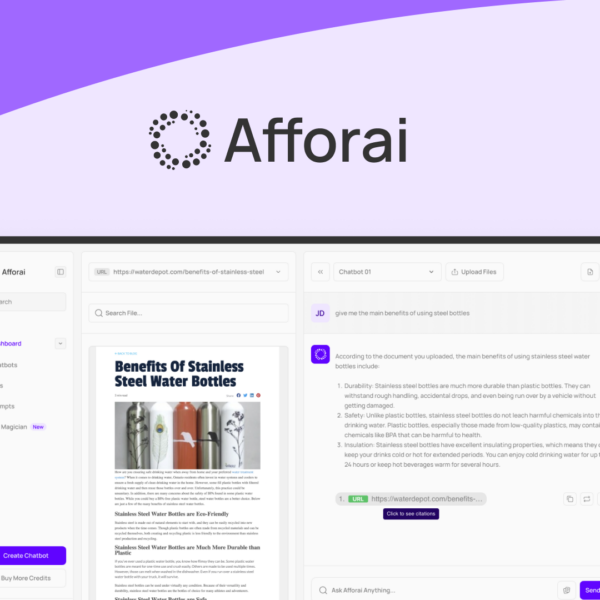SaaS deals have emerged as a game changer in the business landscape, offering powerful tools at a fraction of the cost. But how do you choose wisely? Read on!
Do Your Homework on the Developer and the Company
Before jumping into any SaaS deals, it’s wise to do your homework on the developer and their company. This helps you understand what you’re buying. Start by checking the company’s website. Look for details about their history and mission. A reputable company often shares its story and values openly.
Check Reviews and Ratings
Next, read reviews and ratings from other users. This gives you insight into how well the software works and what issues others have faced. Websites like Trustpilot or G2 can be helpful for finding genuine customer feedback.
Look at Their Support Options
Good customer support is essential. Check if the company offers live chat, email support, or a phone number. Also, look for a knowledge base or FAQ section. This can save you a lot of time during setup and usage.
Explore Their Track Record
Research the company’s track record. How long have they been in business? Have they launched successful products before? A solid history indicates stability and reliability.
Check for Updates and Improvements
Lastly, see if the company regularly updates its software. Frequent updates show that they care about improvements and keeping their product relevant. It also means they listen to user feedback.
Check Recent Feature Releases

When considering SaaS deals, it’s important to check recent feature releases. This gives you a good idea of how actively the company is developing its product. Regular updates often mean that the company is committed to improving its software.
Why Feature Releases Matter
Feature releases show how the software evolves over time. They can highlight new tools that improve functionality and user experience. Look for detailed release notes that explain what’s new and how it can benefit you.
Stay Updated on Improvements
Make sure to follow the company on social media or sign up for their newsletter. This way, you’ll receive updates directly from the source. Social media is often a quick way to learn about the latest features.
Understand the Benefits of New Features
Each new feature should bring value to your business. Whether it’s enhanced usability, better integrations, or improved security, knowing what’s new can help you decide if the software meets your needs.
Check User Feedback on New Features
Look for user reviews specific to recent updates. This can provide insight into how well the new features perform. Are users satisfied? Are there any bugs? This information is crucial for making an informed decision.
Compare Updates with Competitors
Compare the company’s feature updates with those of similar products. This can help you see if you’re getting the best value for your money. If competitors are adding features at a faster pace, it might be time to reconsider.
Evaluate Their Roadmap
When considering SaaS deals, it’s crucial to evaluate the company’s roadmap. This roadmap shows their plans for future updates and improvements. Knowing what’s coming lets you decide if the software will meet your long-term needs.
Understanding the Roadmap
A roadmap typically outlines planned features and releases. Look for timelines and priorities. This helps you see what the company values most in their software development.
Importance of Transparency
Companies that share their roadmap are usually more trustworthy. Transparency indicates they’re open about their direction and goals. You can trust that they are working to improve their product.
Assess Company Goals
Evaluate if the roadmap aligns with your business goals. If their future features match your needs, it’s a good sign. This shows they are focused on solving problems important to users.
Check for User Input
See if user feedback influences the roadmap. Many companies ask for suggestions or conduct surveys. This means they care about their customers and want to improve based on real experiences.
Compare with Competitors
Finally, compare the roadmap with those of similar products. If other companies have more exciting features planned, you may want to explore those options. Make sure you’re choosing the best tool for your needs.
Talk to Customer Support

Before committing to any SaaS deals, it’s important to talk to customer support. This step can show you how responsive and helpful they really are. Good customer support makes a huge difference in your software experience.
Why It Matters
Reaching out to support before buying can reveal how quickly they respond. If they take a long time to reply, it could indicate future issues. Fast responses are a good sign of strong customer service.
Ask Specific Questions
Prepare a few questions to ask them. Inquire about common issues users face and how they resolve them. This helps you understand their problem-solving approach.
Test Their Knowledge
Gauge their expertise by asking about the software’s features and updates. If they answer confidently, it’s a positive sign. Knowledgeable support can guide you through any challenges later on.
Inquire About Support Channels
Ask what support channels they offer. Do they have live chat, email, or phone support? Make sure there’s a way to get help that suits your needs.
Look for Customer Reviews
Finally, check user reviews about the customer support experience. Other users’ feedback can offer valuable insights into their service quality. This information is essential for making sure you choose the right software.
Determine Your Current or Future Needs
Determining your current or future needs is key before choosing any SaaS deals. Knowing what you need helps ensure you pick the right software. Start by listing the tasks you want the software to help with.
Assess Your Current Processes
Look at your current workflow. What are the challenges you face? Identifying these issues helps you find software that addresses them. If you struggle with time management, look for tools that aid scheduling.
Consider Future Growth
Think about your business goals. Do you plan to grow? If so, choose software that can scale with you. Invest in solutions that can adjust to your changing needs over time.
Prioritize Essential Features
Make a list of must-have features. Determine which tools are essential for your success. If collaboration is key, look for software that offers excellent communication features.
Get Input from Your Team
Involve your team in the decision-making process. They understand the daily challenges and can provide valuable insights. Their feedback helps choose software that everyone can use effectively.
Review Competitor Needs
Research what tools competitors are using. This can give you insights into useful features that enhance productivity. If they have tools that solve specific problems, you might consider similar options for your business.




